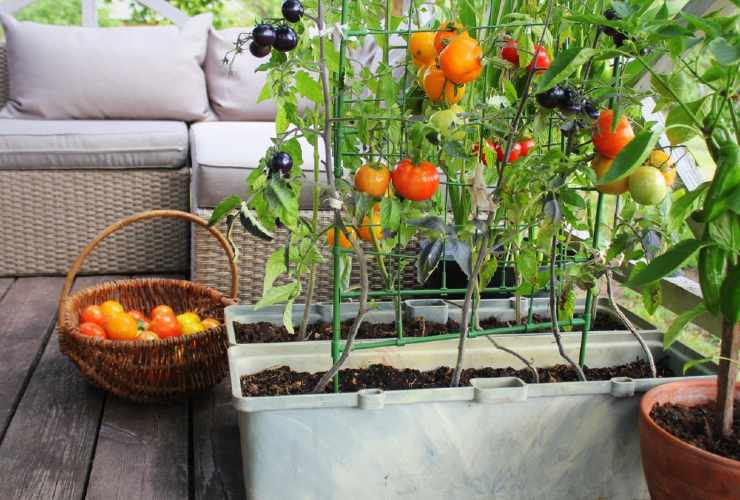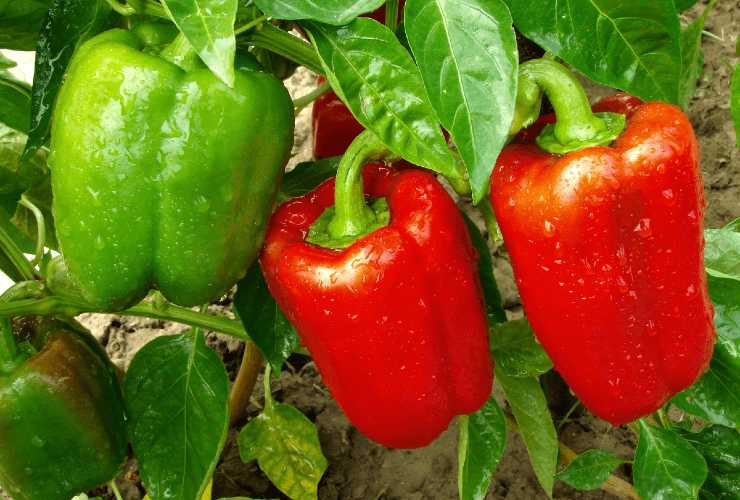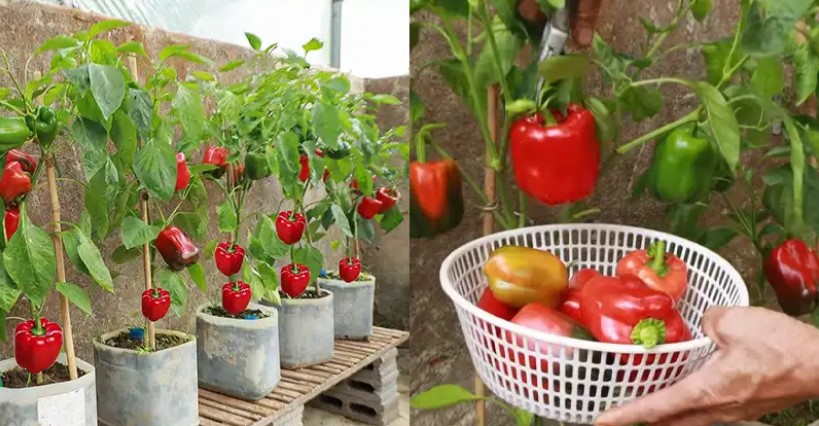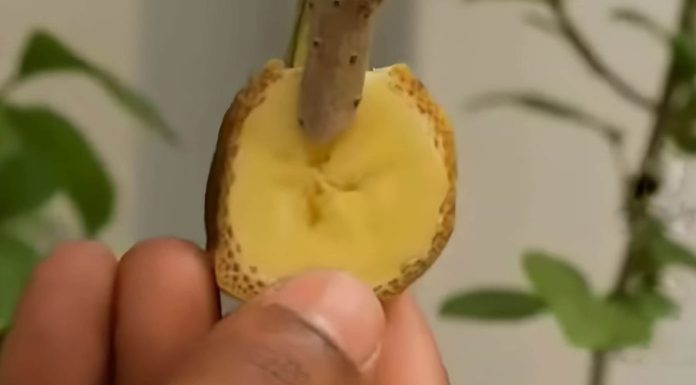If you’re a gardening enthusiast with limited space, growing bell peppers in containers is an excellent way to enjoy fresh and flavorful peppers right at home. Not only do container gardens save space, but they also offer a wealth of possibilities for growing your own delicious bell peppers. This article will guide beginners through the process of growing bell peppers in containers and share some homemade fertilizers to maximize your pepper production.

Choosing the Right Container
Selecting the right container is the first crucial step in growing bell peppers at home. Look for pots or containers that are at least 5 gallons in size and have good drainage holes. Bell pepper plants have extensive root systems, so a larger container provides ample space for growth.
Picking the Perfect Peppers
When selecting bell pepper varieties for container gardening, choose compact or dwarf varieties. Some excellent choices include ‘Mini Belle,’ ‘Patio Belle,’ and ‘Lunchbox.’ These varieties are ideal for smaller spaces and are well-suited to container cultivation.
Soil Preparation
Quality soil is essential for growing healthy bell peppers. Use a well-draining potting mix rich in organic matter. To enhance drainage, mix in perlite or coarse sand. Fill the container, leaving a few inches of space at the top to accommodate the plant.
Planting Bell Pepper Seeds or Transplants
You have two options for planting bell peppers: seeds or transplants. If you’re a beginner, using transplants is the easier and faster method. Purchase healthy pepper seedlings from a local nursery or start your seeds indoors 8-10 weeks before the last frost date. Transplant seedlings into your containers once they have at least two sets of true leaves.
Sunlight and Placement
Bell peppers thrive in full sunlight, so choose a location with at least 6-8 hours of direct sunlight per day. Place your containers in a sunny spot like a balcony, patio, or windowsill. If growing indoors, consider using grow lights to supplement sunlight.
Watering
Consistent watering is crucial for bell peppers. Keep the soil consistently moist but not waterlogged. Water deeply when the top inch of soil feels dry. Avoid wetting the foliage to prevent diseases.
Homemade Fertilizers for Bell Peppers
To promote healthy growth and maximize pepper production, consider using homemade fertilizers. Here are a couple of DIY fertilizer options:
1. Compost Tea
Ingredients:
- 5 gallons of water
- 1-2 shovelfuls of well-rotted compost
Instructions:
- Fill a 5-gallon bucket with water.
- Add the compost to the water.
- Stir well and let it sit for 2-3 days.
- Strain the liquid and use it to water your bell pepper plants. This provides a nutrient-rich, organic boost to your plants.
2. Eggshell Fertilizer
Ingredients:
- Crushed eggshells
Instructions:
- Save and crush eggshells from your kitchen.
- Sprinkle the crushed eggshells around the base of your pepper plants. The calcium from the eggshells can help prevent blossom end rot in peppers.

Pest and Disease Management
Keep an eye out for common pests like aphids, snails, and slugs. Regularly inspect your plants and use natural remedies like neem oil or homemade insecticidal soap to control infestations. Ensure good air circulation to reduce the risk of fungal diseases.
Harvesting
Your bell peppers will be ready for harvest when they reach their mature color – typically green, red, or yellow, depending on the variety. Use scissors or pruners to cut the peppers from the plant, leaving a small portion of the stem attached.
Conclusion
Growing bell peppers in containers is a rewarding and space-saving endeavor for beginners and experienced gardeners alike. With the right container, soil, care, and a touch of homemade fertilizer, you can enjoy a bountiful harvest of delicious bell peppers right from your home. So, go ahead, start your container garden, and savor the joys of homegrown produce. Happy gardening!










